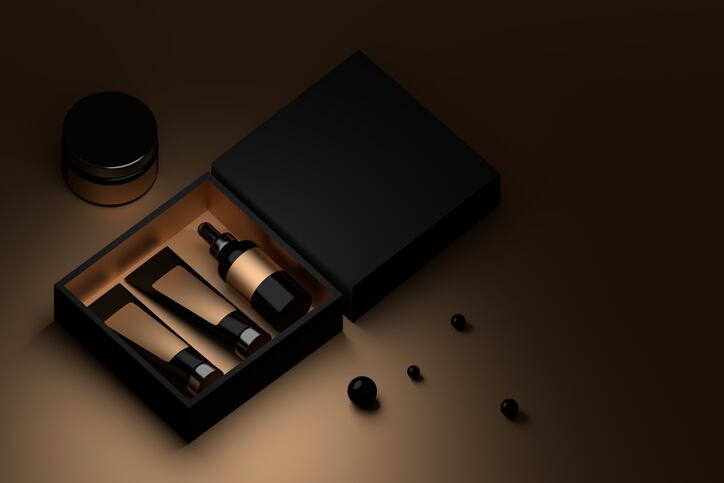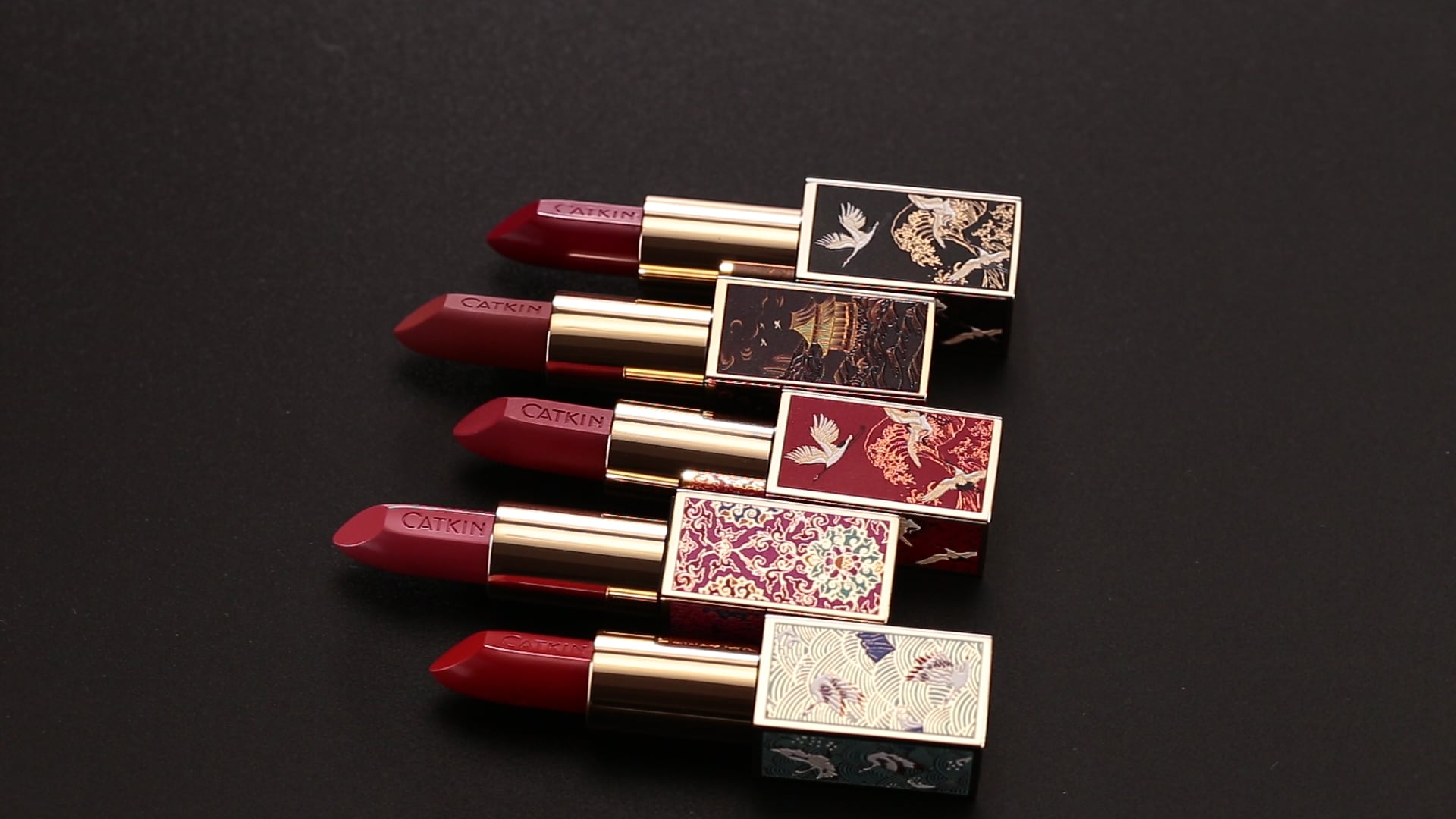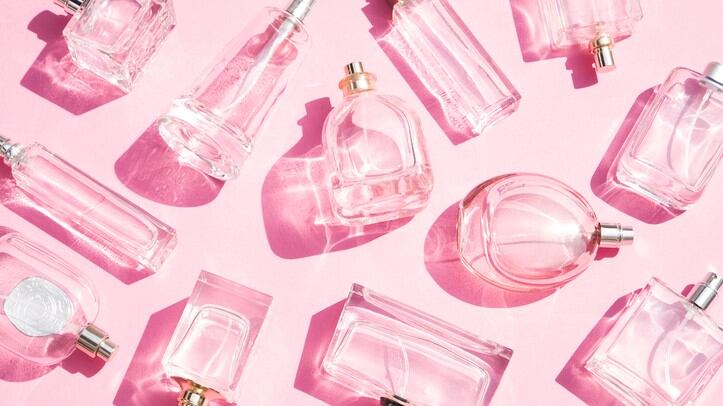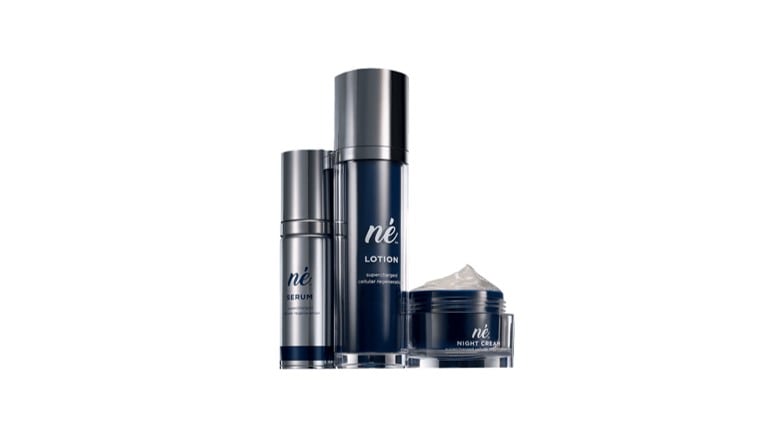To the consumer, however, the whole idea of luxury is changing.
“There’s a shift in what luxury means to people, that is redefining the rules that brands have played to for decades. Luxury has gone from products to experiences, to a mindset,” said Kathryn Sloane, commercial growth director, APAC, SGK.
Sloane told CosmeticsDesign-Asia that luxury brands today need to find their “own narrow path” to attain both inclusivity and exclusivity.
“It’s a delicate balancing act… Creating a more inclusive culture – whether it’s embracing diversity, modesty or sustainability - is the new frontier for many luxury brands. The charge is: find a way or risk irrelevancy.”
She added that luxury items are now defined by more than just their high price tags.
“Being elusive is much more than having prohibitive pricing. Feeding social intimacy in an era of constant connectivity is about the art of storytelling. Luxury brands can retain rarity in this era by adding and revealing layers of belief, through multifaceted experiences.”’
The e-commerce effect
Last July, Chanel crossed into new territory by launching an official store on Tmall’s Luxury Pavillion.
Chanel described its first move onto a third-party e-commerce marketplace as a ‘convenient’ way to give its Chinese consumers access to its range of cosmetics and fragrances.
“Traditional luxury brands have taken a long time to warm up to e-commerce, fearing the lack of control and the dilution of exclusivity,” Sloane explained.
However, Chanel’s entry onto the Tmall platform shows that e-commerce can be a powerful tool to help luxury brands bridge the gap.
“Today, Chanel is the most exclusive – yet one of the most accessible – luxury brands there is,” said Sloane.
She attributed this shift mainly to China, which currently represents more than half of global growth in the luxury market.
“Unlike Westerners, Chinese consumers have not been ‘trained’ to shop in an official store. They expect to purchase on their mobiles. E-commerce is essential for future growth for luxury brands.”
As the role of e-commerce continues to evolve in the luxury space, Sloane believes there will be more opportunities to for luxury brands to create a seamless integrated experience without losing that high-end touch.
For a start, she predicted that brands will rethink delivery options and dial up the immediacy of delivery.
Sloane also foresees the growing role of chatbots in luxury e-commerce as well as the rising importance of social currency.
Lastly, she suggested that luxury brands could utilise content to engage with its consumers.
“We’re seeing the continued evolution of the ‘branded magazine’, such as Net-a-Porter’s Porter Magazine, as a tool of engagement. We expect platforms like these to evolve with increasingly personalised content.”
'Massclusivity'
According to Sloane, the market is now seeing a movement from ‘masstige’ to ‘massclusivity’. “It’s about making them truly exclusive available to everyday consumers.”
One way they are doing this is through pop-up stores.
“We're seeing beauty luxury brands unleash their creativity in Asia – pushing their brands in entirely fresh ways to drive social media exposure via pop-ups and new takes on bricks and mortar,” said Sloane.
Following the success of the Clarins' Ice Cream Bar, the French beauty brand launched the Clarins’ Garden pop-up store where shoppers could play an Augmented Reality (AR) game and get personalised skin care recipe cards from a skin care analysis at its Beauty Kitchen.
Aside from being positioned in a spot with good traffic, Sloane tells us that a pop-up has to be ‘provocative and post-worthy’ to give consumers bragging rights.
This prompts consumers to want to share their experiences, thereby creating authentic content for brand reach without the need for paid promotion, she said.
“This helps to reach out to the younger consumers expanding the brand's customer base and improve sales,” she added.
Additionally, a pop-up can benefit from having unique products for sale.
“Limited editions, customisation, anything that can play on people’s [fear of missing out], to fully exploit the benefits of the concept,” said Sloane.
A successful pop-up also has to be ‘phygital’. “It’s blending Augmented Reality, Artificial Intelligence and Virtual Reality technology with brick and mortar – the perfect way to launch and learn.





